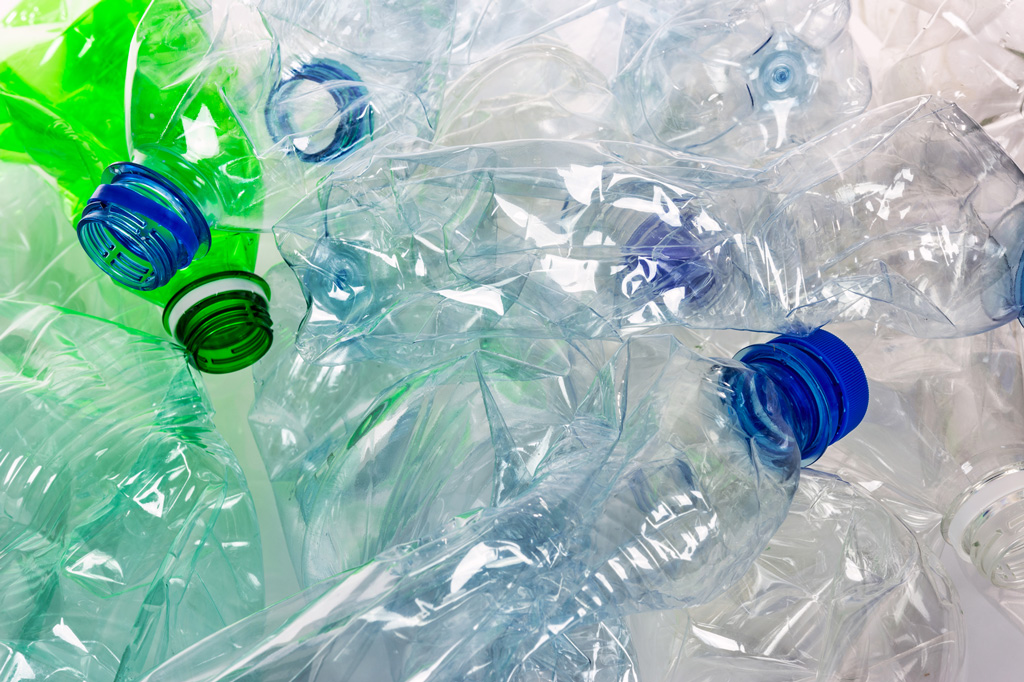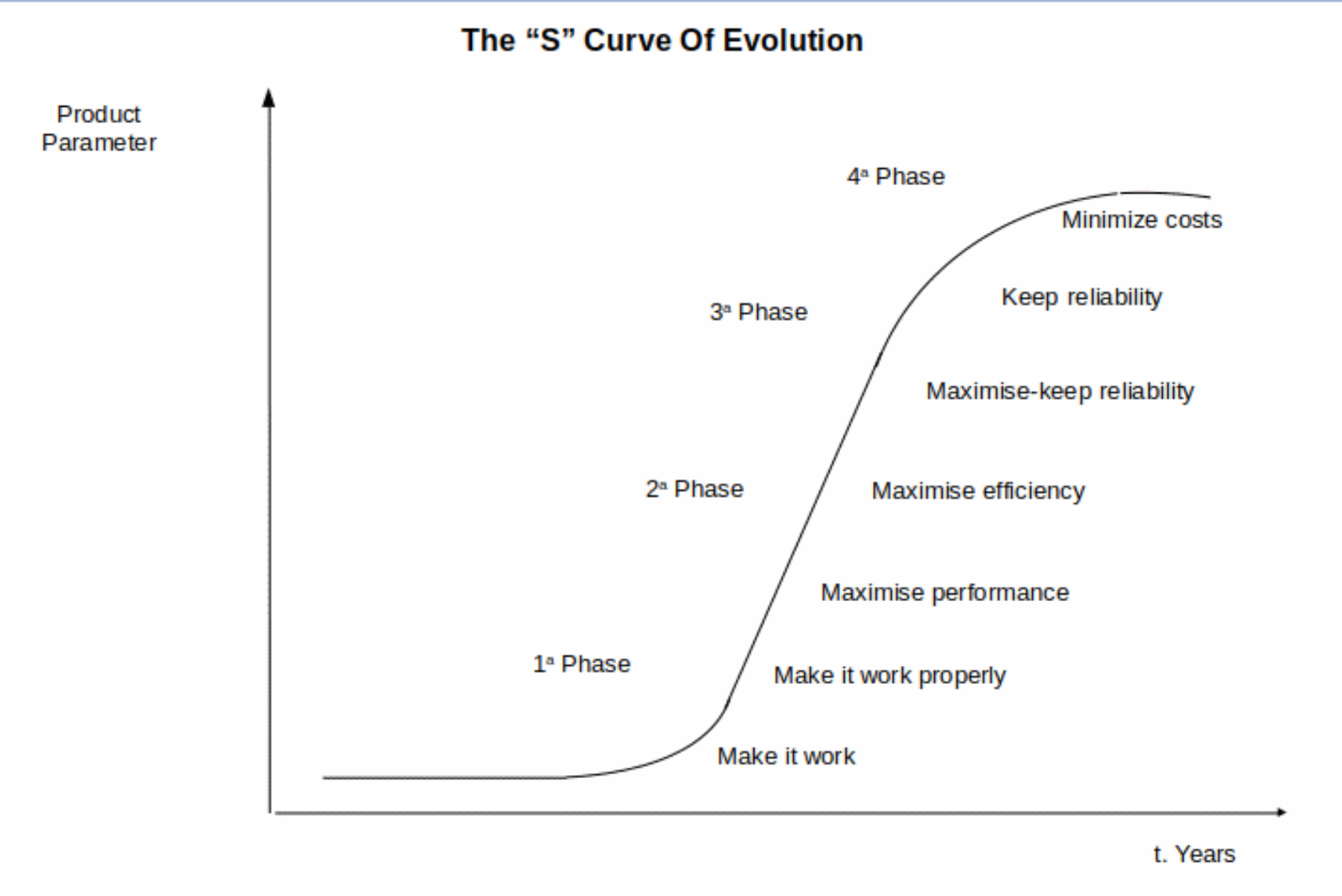POLYMERS AND ENVIRONMENT
Published: 20/01/2020

The polymer market today shows a high degree of uncertainty. But the green trend we indicated some years ago is unstoppable. This feeling becomes more intense (and increases its speed) because the need for a cleaner world is stronger today. Unfortunately the answers to this demand are not yet there.
One of the reasons for this increasing demand of Bio Polymers are laws that seemed created overnight which, although made in good faith, do not seem to consider the need of time for a psychological and physiological transition.
We can’t imagine replacing more than 340 million tons of fossil polymers with bio polymers, or in the name of the new mantra “less plastic”, going back to traditional products used a hundred years ago. This way of thinking is against the main goal we have for our planet: the reduction of CO2 and greenhouse gases emissions.
We can’t give up the main scope of our time, CO2 reduction, for a false idea that the solution lies only in biodegradable and compostable plastics. Although this will be the final solution, this is not yet te case! The circular economy is for the moment the best and faster intermediate answer.
The recycle challenge in the world
In the world, in 2016, we produced about 330 million tons of virgin plastics (the majority of which are PE, PP and PET) and, in the same year, 242 million tons of plastic waste was created (see the PEMRG – Plastic Europe Market Research Group – report) and most of it ended up in landfills or was dispersed in the environment (it is calculated that only 20% is effectively recycled or burned for energy production). Key words: organization and education.
In most cases therefore, these are materials that could be easily recycled and reintroduced into the production system, thus reducing the need for new virgin plastics and thus reducing CO2e emissions per ton produced, from 30% to >50%. A graphical representation of the CO2e savings achievable with the use of a thermoplastic polymer (PET) in beverage and water bottles compared to traditional glass bottles, is summarized here: while a more complete information can be downloaded in pdf form here.
At the base of the problem there is therefore the acknowledgment of end users about the tremendous recycling opportunity we have and the improvement of the recovering structures and organizations in many countries of the world. Just investments and education, not science fiction.
Something is not clear though. With the above situation (less plastic and CO2e reduction) we are still reading about new PE and PP additional capacities and new plants under construction. And in the meantime prices are going down quickly. What’s the meaning of this? Are we here confronted with Abraham Maslow’s old saying: “if the only tool you have is a hammer, you treat everything as if it were a nail“!?
It is like saying : we only know how to drill oil and how to make fossil polymers, therefore…let’s do it!
 Evolution passages.
Evolution passages.
Typical S curve of evolution in engineering systems and its related improvements. Many Bio polymers are still in the phase 1, while others have reached the phase 2.
Biopolymers – Evolution steps
Regarding Biopolymers we are facing a phase of continuous adaptation to the increasing demand. The S curve is in action! But this creates what I call a “Bio confusion” which does not help the manufacture chain (converters) nor the final user (us as buyers). Which are these bio polymers? How can we select one of them and be sure it will be the right answer? What is the difference between Biobased and Biopolymers? These are the most frequent questions. One possible way, a key, to read this constant evolution, and understand where it may go, or how it will evolve, is visible in the trend of evolution analysis (the S curve).
Let’s start from this point. When a technology gets old, a new one comes on stream. But, the new one is usually fragile in the beginning. Therefore, the first approach of engineers is to place elements of the new technology onto the old one. The old, mature, technology will give a hand and support the new one for a while. If you read the evolution of engineering systems with this pair of glasses, it becomes easier to understand in which phase of the transition from old to new, a certain process is.
This was true and remains true for any product or technology. Today we are considering Polymers, but if we have the curiosity to look back in history, we will discover that the same thing happened a hundred years ago with boats (oars→sails) or more recently with airplanes (propellers→turbines) or today with cars (fuel→electric).
This is called: the hybrid phase! It opens the door to a great change.
Today in polymers we are watching the same trend in action. Standard fossil materials are supporting the new bio trend. Bricks of the new technology (Bio) are inserted in the old molecular chain. New families of hybrid products (Biobased) are showing up and we can read them as: Bio-PE, Bio-PP, Bio-PA, Bio-PET. This is the phase in which we can get the best of the two technologies, reducing the worst effects of fossil products (less CO2e on board), while keeping the traditional advantages of the mature technology.
Of course we will need extra time before making them fully Bio and, at that point, they will become biodegradable and compostable. This evolution path is something that legislators should know if they would like to make a proper and viable transition, from fossil to full green. Without the right pair of glasses, the risk of an involution and confusion is dramatically possible.
In the meantime by the way, the new technology (full bio products) is evolving along its learning curve (actually S curve) and will progress till when it is able to answer all the market needs, without compromises. It will take quite some time of course to reach that point but, in the meantime, some industrial segments will benefit sooner than others. As is the case, for instance, for injection disposable applications and for some rigid packaging applications.

Article by Emilio Sitta
Share the article on your favorite social:
Did you find the article interesting?


Are there any topics you'd like to see covered in this blog?
Your comments and requests are important to us: write them in the space below, it's available to you!